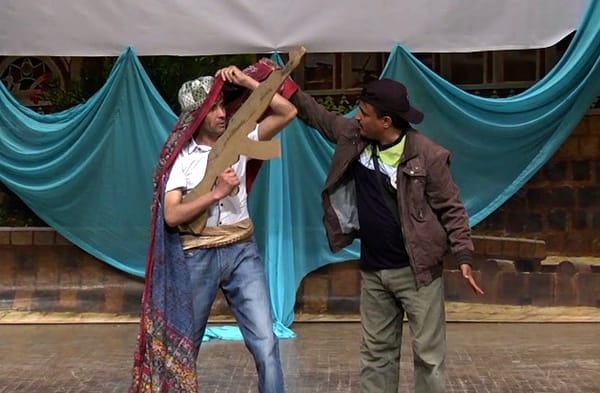Explosions and Ill Omens
On October 9, 2014, a suicide bomber detonated himself in central Sanaa, killing dozens of innocent people. Upon reading the news coverage of this terrible event my thoughts leapt back to a series of plays that I had seen performed in Sanaa in the spring. Most of these performances took place under











